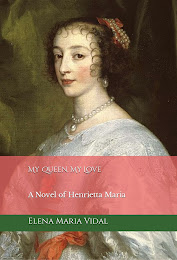From It Can Always Get Worse:
ShareThe Prophet Muhammad is said to have had the first of the revelations that became the Qur’an in 610 AD and to have died in 632. Islamic historiography presents Mecca in the period preceding the Arab conquests as a bustling metropolis, a key stop on the trade route between Syria and Yemen, and its ka’ba as a focus for pagan pilgrims. Islamic records say that the umra, the “lesser” pilgrimage, predates Islam.1 “Al-Haram”—the “Forbidden”—refers to the fact that violence and killing, even of animals, was banned in the sanctuary space, usually marked out with stones, around a pagan shrine or temple, which was often located in a valley or remote desert. The Forbidden Gathering Place was, so Muslim history says, one of the few places the otherwise fractious Arab tribes united.2
In Gibson’s telling, there is no archaeological record in Mecca before 800 AD. Everywhere in the Arab world, says Gibson, when construction projects begin, somebody from the ministry of antiquities is present at the digging of the foundations because of the likelihood artifacts will be discovered. Mecca—despite Muslim belief it was the “Mother of All Cities” at the time of the Prophet, surrounded by great walls and containing many temples—has seen nothing like this, according to Gibson.
From the Qur’an, says Gibson, we get a picture of Muhammad being born in a reasonable-size city, able to raise men for caravans, and, crucially, the setting is an agricultural one. The earliest surviving biography of Muhammad, says Gibson, refers to the Prophet’s birthplace as one where there are grasses and grapes and trees: this is not Mecca. Gibson makes much of his study of ancient maps, and the fact Mecca is on none of them, an oddity if it was such an important economic and social locale. (Read more.)

















No comments:
Post a Comment